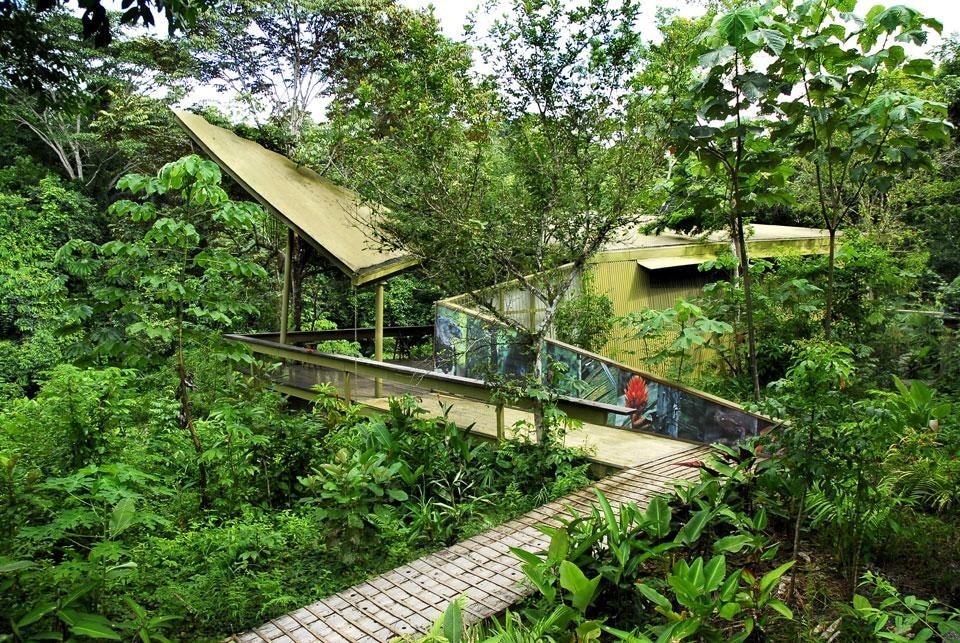The architecture that Panama is best known for is fundamentally commercial, and its admirers compare it in style to that of Singapore and Dubai. Although the country itself has a wealth of rich forests and is attracting increasing numbers of ecotourists, the glass skyscrapers and huge shopping malls of the capital have little in common with the international discourse on the environment and nature.
The Panama Rainforest Discovery Center is a notable exception. This centre designed to observe the tropical rainforest and its colourful wildlife—especially birds—is located around 30 kilometres from the centre of Panama City and just two kilometres from the town of Gamboa.
The project was the dream of the Eugene Eisenmann Avifauna Foundation, which was set up in 2005 to protect the fragile habitat of the country's birds, encourage sustainable tourism and promote environmental education. Its dream became a reality after it won the concession for 20 hectares of forest adjoining the enormous Soberanía National Park, which covers a large section of the eastern banks of the Panama Canal. The original concession has since been joined by a further 100 hectares belonging to the University of Panama and the Technological University of Panama.
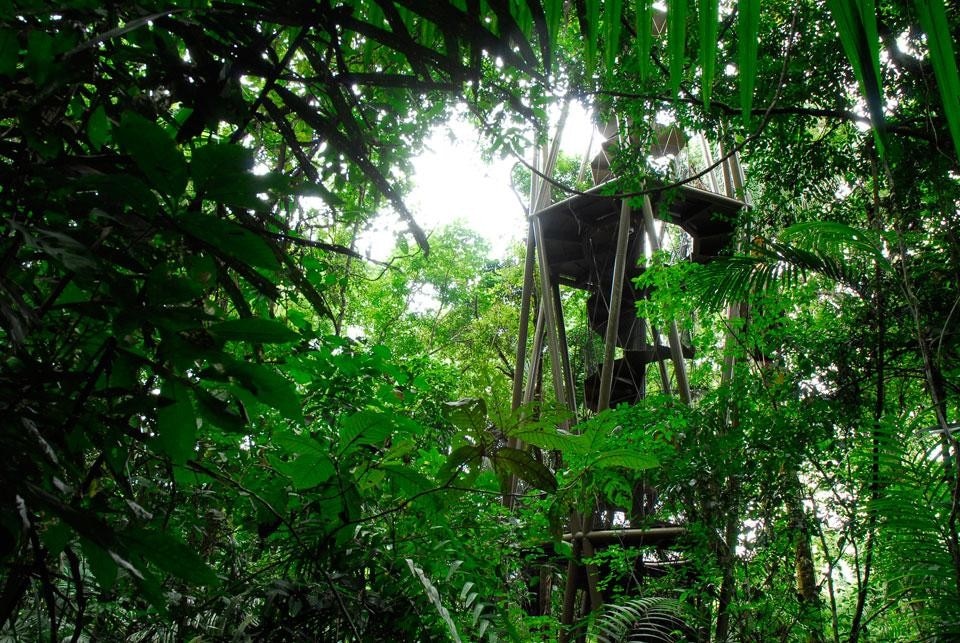
In order to reach the Discovery Center, one must first get to Gamboa, which means escaping the hubbub (and traffic jams) of the Panamanian capital, driving along a long forest road that seems like it belongs in another country, and cross the Chagres river. Once in Gamboa, the route lies through the town and along a remote trail known as the Camino del Oleoducto ('oil pipeline track').
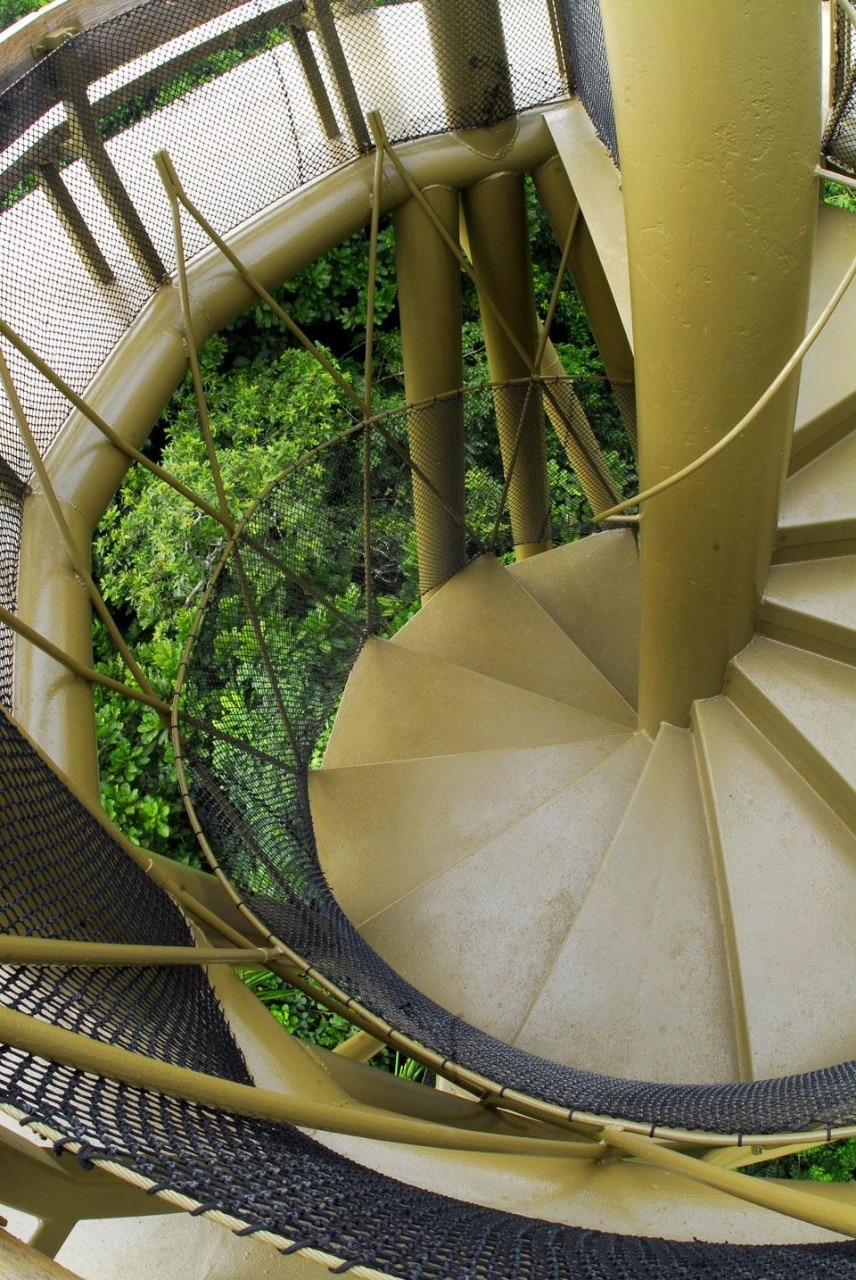
Many of its inhabitants are scientists from this institution, who work at Barro Colorado, a well-known wildlife reserve that has been called the 'most studied piece of tropical forest in the world.'
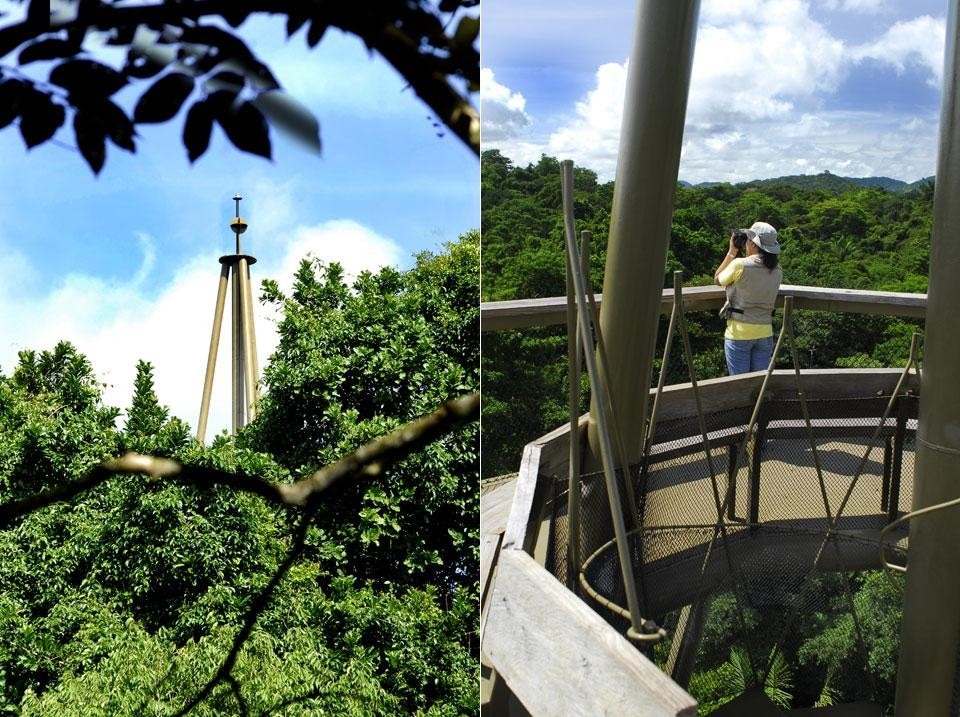
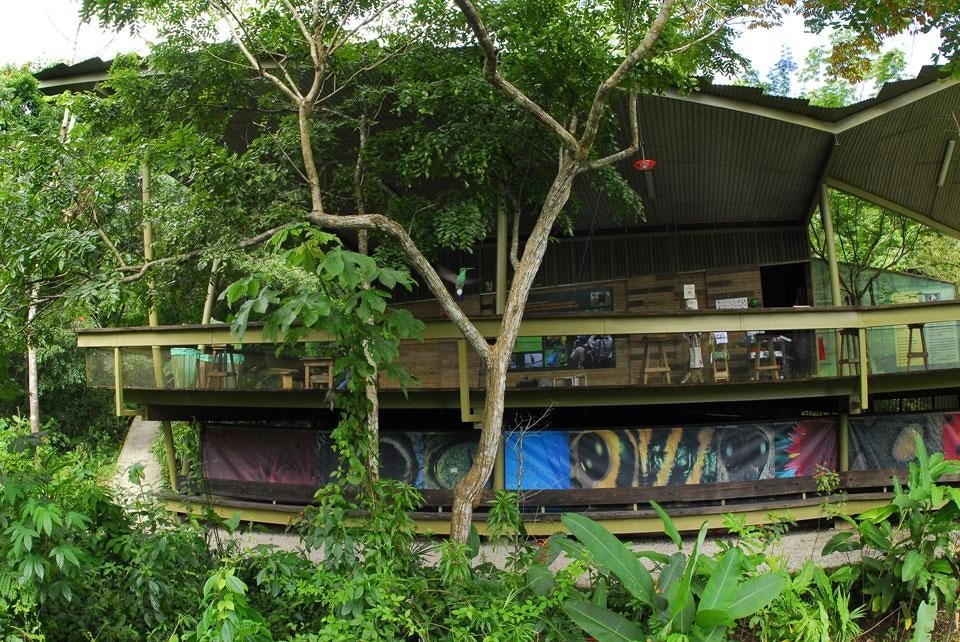
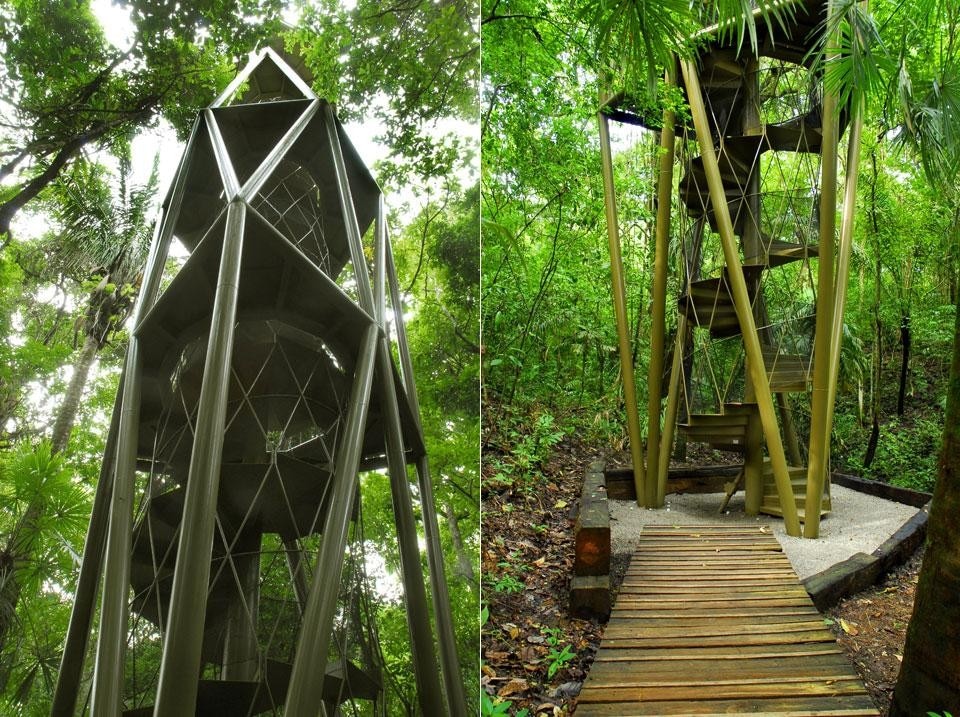
The tower, built in a tapering framework of steel tubes, is 32 metres tall, high enough to reach the forest canopy. The site was chosen for its accessibility—it had to be as close as possible to the visitor centre, and yet not require a single tree to be cut down. Some 30% of the material used in it is recycled, having come mostly from an old refinery.
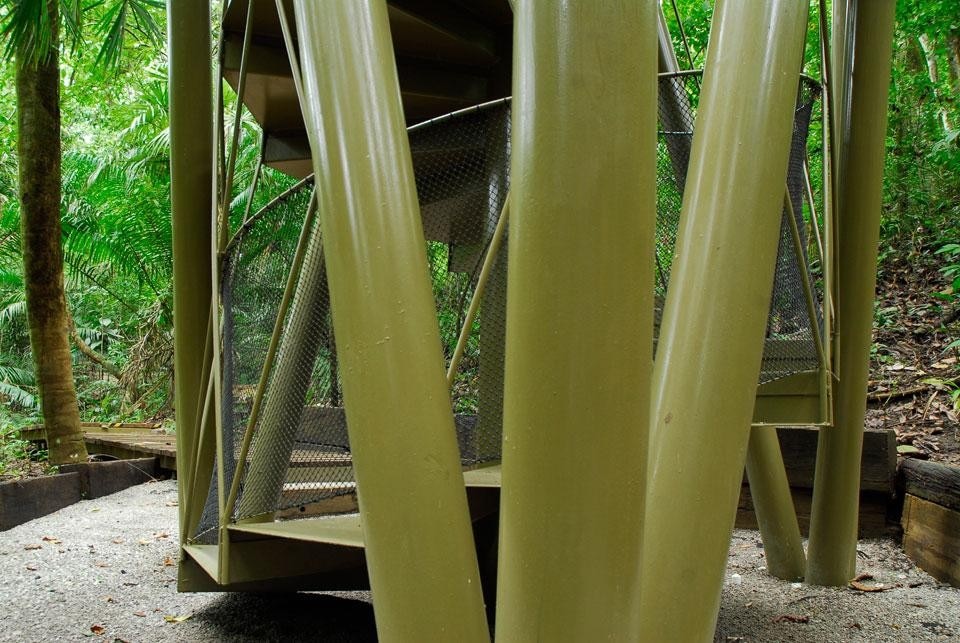
Since it was opened, the centre has welcomed more than 10,000 visitors, including students and tourists.
Eduardo Tejeira Davis
